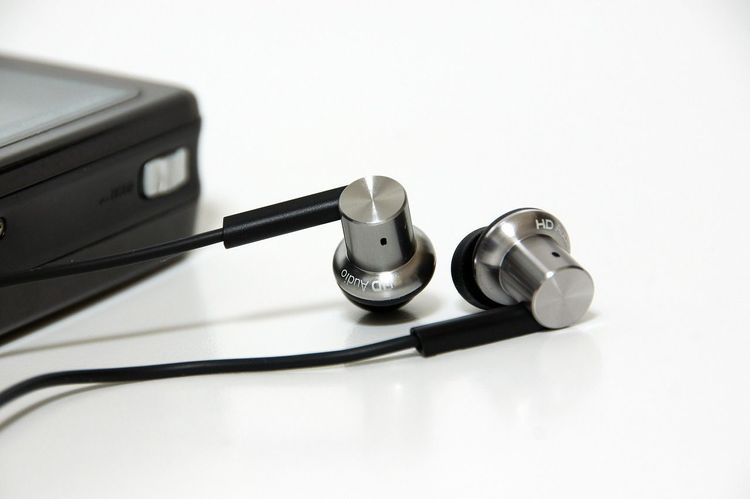On Thursday, Oura launched the highly anticipated fourth generation of its acclaimed smart ring, the Oura Ring 4. This latest model comes nearly three years after its predecessor, offering refinements rather than a complete overhaul of the user experience.
The standout hardware enhancement is the slimmer design, which is impressive given the already compact nature of the device. Notably, the internal sensors are now recessed, aimed at providing a more consistent and potentially more comfortable wear.
Similar to the Oura Ring 3, the Oura Ring 4 is crafted from lightweight and durable titanium, making it comparable in weight to a standard non-smart ring. It offers an extensive range of sizes from 4 to 15 and is available in six attractive colors, including a striking deeper black.
Oura asserts that despite the recessed sensors, the new model delivers even more precise metrics than earlier versions. Key features include an accelerometer for movement tracking, a trio of LEDs (green, red, and infrared) for monitoring heart rate and respiratory rate, and a temperature sensor.
“The [photoplethysmography] sensors are arranged asymmetrically in the Oura Ring 4, allowing for various distances and tissue penetration depths,” the company states. “Since finger vasculature varies among individuals, the strategically placed sensors on the inner surface help optimize power efficiency and signal quality.”
Creating a versatile wearable involves considering various factors such as skin tone, body mass index (BMI), and age, given the diversity of finger types.
Additionally, the Oura Ring 4 maintains its ability to measure blood oxygen levels, a feature that differentiates it from the latest Apple Watch. Overall, the device can track dozens of metrics, including complex data such as cycle tracking, cardiovascular age, and stress levels.
Oura highlights several significant data improvements over the third-generation ring:
- 120% enhancement in blood oxygen sensing (SpO2) signal quality, equating to a 30% increase in average overnight SpO2 measurement accuracy.
- 15% increase in accuracy for the breathing disturbance index (BDI) due to higher signal fidelity.
- 7% reduction in gaps seen in the daytime heart rate graph.
- 31% reduction in gaps observed in the nighttime heart rate graph.
One key advantage of the smart ring's passive tracking capabilities is its exceptional battery life. The Oura Ring 4 boasts an impressive lifespan of up to eight days on a single charge, largely due to the absence of a display, which allows it to outlast many smartwatches.
Android users can now access Oura Labs, the company’s platform designed for testing "experimental" features prior to broader releases. Current offerings include meal tracking, enhanced by Oura’s recent acquisition of metabolic health startup Veri.
Another feature, Symptom Radar, alerts users when they may be on the verge of illness. This is a consumer adaptation of a tool Oura initially developed for professional sports leagues during the NBA bubble at the pandemic's onset.
Oura Labs also introduces Oura Advisor, an innovative tool that leverages generative AI alongside user health data to facilitate personalized conversations aimed at enhancing health outcomes and data comprehension.
Preorders for the Oura Ring 4 began on Thursday, with shipments set to start on October 15. Each purchase includes a complimentary month of membership to the accompanying software service, thereafter available for $6 per month or $70 for an annual subscription. The third-generation ring will remain available until existing stock runs out.







